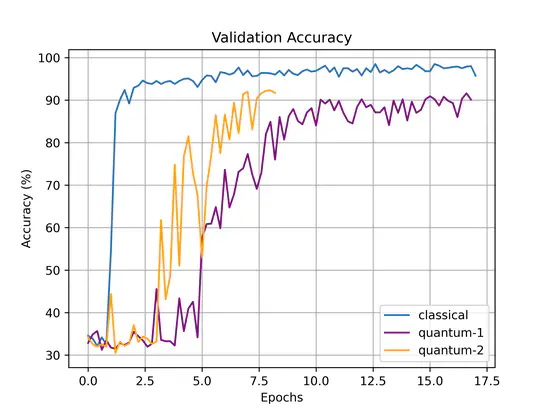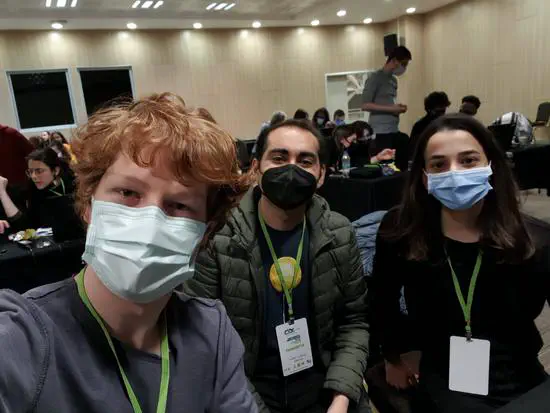Raheem Hashmani
PhD student at UW–Madison.
UW–Madison • DSI • AMS • CERN
About Me
Hello and welcome to my personal page! I am a second year PhD student in the Department of Physics at UW–Madison and a research assistant at the Data Science Institute working on machine learning algorithms and architectures.
My interests include novel applications of deep learning in the field of high energy physics and astrophysics. In addition, I enjoy building models for object detection, developing techniques for data analysis, and working with time series data.
In my spare time, you can find me traveling to new cities to try out unique foods, playing tennis when the sun’s out, or video gaming whenever I’m trapped at home.
- Artificial Intelligence
- High Energy Physics
- Astroparticle Physics
- Time Series Analytics
-
Ph.D. in Physics, Ongoing
University of Wisconsin–Madison
-
M.S. in Computer Engineering, 2023
Middle East Technical University
-
B.S. in Physics, 2019
Middle East Technical University
Previously
I’ve worked on a variety of projects in the past, ranging from silicon detector calibrations and time series monitoring systems to quantum computing and machine learning.
Most recently, I was a High Energy Particle Physics Researcher at the AMS Experiment working on the upgrade of the AMS Monitoring Interface, a system my colleagues at AMS and I built a few years ago.
Just before that, I was a master’s student in the department of Computer Engineering at METU working in the field of astroparticle physics. During my degree, I worked as a research assistant at METU ImageLab for a while, but was primarily a graduate researcher at METU IVMER and an affiliate at CERN working on the AMS Experiment.
Recent Projects
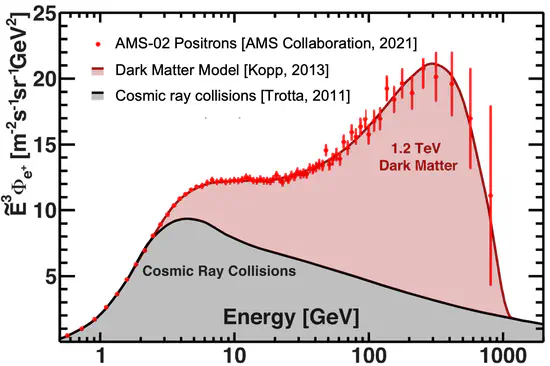
Assisting in the Search for Dark Matter Evidence
A Deep Learning Approach to Particle Identification for the AMS Electromagnetic Calorimeter
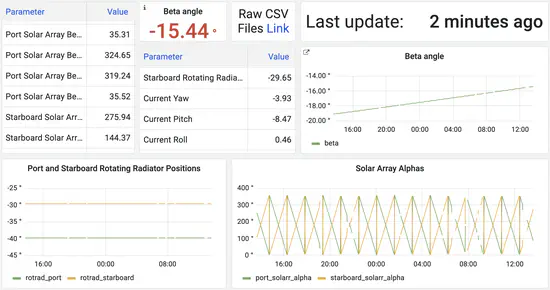
Ensuring the AMS Detector Stays Healthy
The New Monitoring Interface for the AMS Experiment
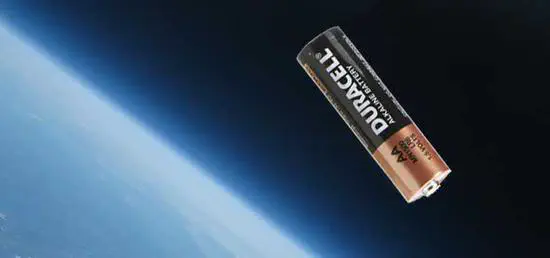
Cheaper Batteries for Spacecrafts
Radiation Testing of Commercial Rechargeable Lithium Polymer Batteries for Small Satellite Applications
Publications
R. K. Hashmani, E. Akbas, B. Demirkoz, “A Comparison of Deep Learning Models for Proton Background Rejection with the AMS Electromagnetic Calorimeter,” Mach. Learn.: Sci. Technol., vol. 5, p. 045008, Oct. 2024, doi: 10.1088/2632-2153/ad7cc0
M. Aguilar et al. (AMS Collaboration), “Properties of Cosmic Deuterons Measured by the Alpha Magnetic Spectrometer,” Phys. Rev. Lett., vol. 132, no. 26, p. 261001, Jun. 2024, doi: 10.1103/PhysRevLett.132.261001
M. Aguilar et al. (AMS Collaboration), “Temporal Structures in Positron Spectra and Charge-Sign Effects in Galactic Cosmic Rays,” Phys. Rev. Lett., vol. 131, no. 15, p. 151002, Oct. 2023, doi: 10.1103/PhysRevLett.131.151002
E. Karadöller, S. Uzun Duran, U. Kılıç, R. K. Hashmani et. al. (IVMER), “METU-DBL: a Cost Effective Proton Irradiation Facility,” JINST, vol. 18, Jun. 2023, doi: 10.1088/1748-0221/18/06/T06010
M. Aguilar et al. (AMS Collaboration), “Properties of Cosmic-Ray Sulfur and Determination of the Composition of Primary Cosmic-Ray Carbon, Neon, Magnesium, and Sulfur: Ten-Year Results from the Alpha Magnetic Spectrometer,” Phys. Rev. Lett., vol. 130, no. 21, p. 211002, May. 2023, doi: 10.1103/PhysRevLett.130.211002
M. Aguilar et al. (AMS Collaboration), “Temporal Structures in Electron Spectra and Charge Sign Effects in Galactic Cosmic Rays,” Phys. Rev. Lett., vol. 130, no. 16, p. 161001, Apr. 2023, doi: 10.1103/PhysRevLett.130.161001
R. K. Hashmani, “A Deep Learning Approach to Proton Background Rejection for Positron Analysis with the AMS Electromagnetic Calorimeter,” M.S. Thesis, Middle East Technical University, Jan. 2023, link: open.metu.edu.tr/handle/11511/102489
R. K. Hashmani, M. Konyushikhin, B. Shan et al., “New Monitoring Interface for the AMS Experiment,” Nuclear Inst. and Methods in Physics Research Sect. A, vol. 1046, p. 167704, Jan. 2023, doi: 10.1016/j.nima.2022.167704
B. Muçogllava, R. K. Hashmani, S. Çakmakoğlu et al., “Radiation Testing of Commercial Rechargeable Lithium Polymer Batteries for Small Satellite Applications,” J. Electrochem. Soc., vol. 169, no. 11, p. 110530, Nov. 2022, doi: 10.1149/1945-7111/ac9f71
M. Aguilar et al. (AMS Collaboration), “Properties of Daily Helium Fluxes,” Phys. Rev. Lett., vol. 128, no. 23, p. 231102, Jun. 2022, doi: 10.1103/PhysRevLett.128.231102
M. Aguilar et al. (AMS Collaboration), “Periodicities in the Daily Proton Fluxes from 2011 to 2019 Measured by the Alpha Magnetic Spectrometer on the International Space Station from 1 to 100 GV,” Phys. Rev. Lett., vol. 127, no. 27, p. 271102, Dec. 2021, doi: 10.1103/PhysRevLett.127.271102
M. Aguilar et al. (AMS Collaboration), “Properties of a New Group of Cosmic Nuclei: Results from the Alpha Magnetic Spectrometer on Sodium, Aluminum, and Nitrogen,” Phys. Rev. Lett., vol. 127, no. 2, p. 021101, Jul. 2021, doi: 10.1103/PhysRevLett.127.021101
M. Aguilar et al. (AMS Collaboration), “Properties of Heavy Secondary Fluorine Cosmic Rays: Results from the Alpha Magnetic Spectrometer,” Phys. Rev. Lett., vol. 126, no. 8, p. 081102, Feb. 2021, doi: 10.1103/PhysRevLett.126.081102
M. Aguilar et al. (AMS Collaboration), “The Alpha Magnetic Spectrometer (AMS) on the international space station: Part II — Results from the first seven years,” Phys. Rep., vol. 894, pp. 1–116, Feb. 2021, doi: 10.1016/j.physrep.2020.09.003
M. Aguilar et al. (AMS Collaboration), “Properties of Iron Primary Cosmic Rays: Results from the Alpha Magnetic Spectrometer,” Phys. Rev. Lett., vol. 126, no. 4, p. 041104, Jan. 2021, doi: 10.1103/PhysRevLett.126.041104
M. Aguilar et al. (AMS Collaboration), “Properties of Neon, Magnesium, and Silicon Primary Cosmic Rays Results from the Alpha Magnetic Spectrometer,” Phys. Rev. Lett., vol. 124, no. 21, p. 211102, May 2020, doi: 10.1103/PhysRevLett.124.211102
Conferences & Workshops
R. K. Hashmani, “A Deep Learning Approach to Proton Background Rejection for Positron Analysis with the AMS Electromagnetic Calorimeter,” CERN Inter-experimental Machine Learning (IML) Working Group Meeting, Jul. 2023.
R. K. Hashmani, E. Akbaş, B. Demirköz, and Z. Weng, “A Deep Learning Approach to Particle Identification for the AMS Electromagnetic Calorimeter,” Fast ML for Science Workshop, Oct. 2022.
B. Demirkoz et al. “The Smart and Active Personal Radiation Monitor,” RAD Summer Edition, Jul. 2022, doi: 10.21175/rad.sum.abstr.book.2022.12.1
B. Demirkoz et al. “METU-DBL: A Cost Effective Proton Irradiation Facility,” 44th COSPAR Scientific Assembly, Jul. 2022.
Outreach
Marveling at the wonderful things science can do in real life can be just as inspiring as watching Tony Stark build his suits or Peter Parker tinkering with his web shooters. By showing the next generation of students and the general audience all the great things physics can do and achieve, I hope to encourage them to take up more science in their lives. Towards that end, I am also a member of The Wonders of Physics (TWoP) Outreach Fellowship, dedicated to promoting physics in the general area of Wisconsin.
Below are some of the outreach events I have participated in.
*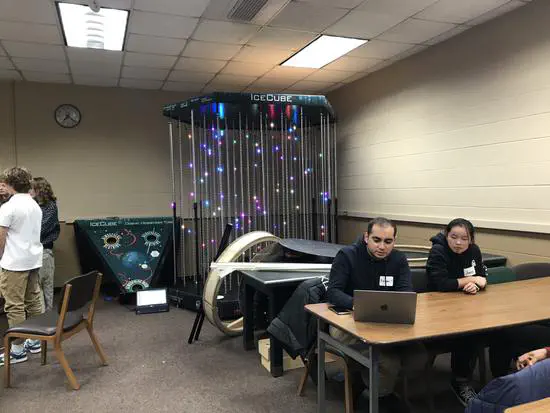
IceCube After School Event
Working with high schoolers to make a replica IceCube Detector.
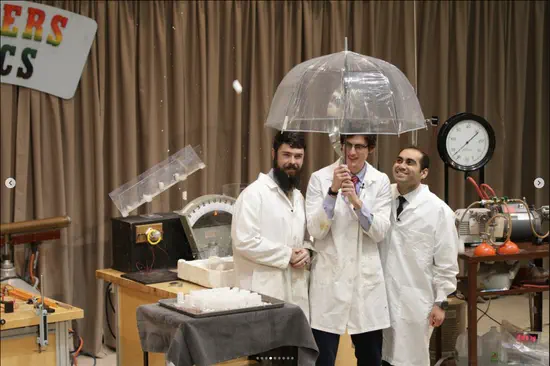
The Wonders of Physics 41st Annual Show
The annual show filled with demonstrations that help people better understand the physics in the world around them, while having fun at the same time!
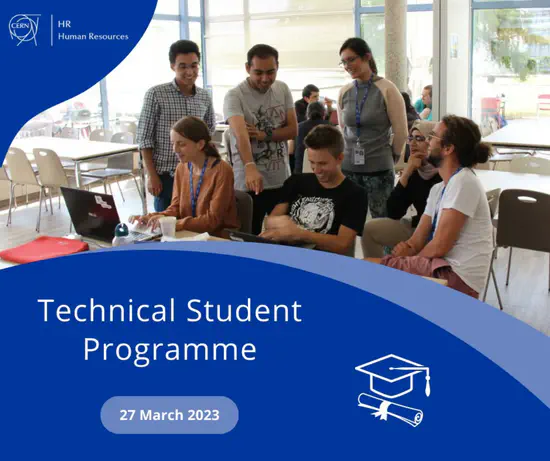
CERN Outreach Events
From being a tour-guide for the CERN Open Days to being used in promotional images.
